Category: multifamily housing
Multifamily Trends
Over the last several years, multifamily housing has experienced significant growth and evolution, driven by shifting demographics, changing lifestyles, and the need for sustainable urban development. As we are actively renovating this type of real estate asset, it has become critically important to identify and understand the emerging trends that are reshaping multifamily housing. In this blog post, we will explore some of the hottest trends that are influencing the design, amenities, and overall living experiences in multifamily properties.
Mosaic Construction Completes Multifamily Renovation of Monarch Point Apartments in Racine, WI
RACINE, WI (JANUARY 24, 2022) – Mosaic Construction, LLC, a full-service, commercial and multifamily design-build general contractor, recently completed the exterior renovation of Monarch Point Apartments at 3802 Monarch Drive in Racine, WI. The multifamily, multi-building project encompassed 31,000-square-feet of exterior enhancements, improving the overall aesthetic for residents and visitors.
10 of the best real estate podcasts
 Our Principal Ira Singer is featured in this Bankrate listicle featuring the top 10 real estate podcasts including “Making Money in Multifamily Real Estate Show” with Dave Morgia, which he has been a guest on. Ira says “I enjoy this podcast because it drills down on the topics that are most valuable to the budding and experienced multifamily investor.”
Our Principal Ira Singer is featured in this Bankrate listicle featuring the top 10 real estate podcasts including “Making Money in Multifamily Real Estate Show” with Dave Morgia, which he has been a guest on. Ira says “I enjoy this podcast because it drills down on the topics that are most valuable to the budding and experienced multifamily investor.”
Ira Singer, Principal of Mosaic Construction, Featured on Making Money in Multifamily Podcast with Dave Morgia, Longview Acquisitions

Our Principal Ira Singer was featured on the Making Money in Multifamily Podcast, which focuses on topics related to multifamily real estate investment by providing high-quality information and practices to help businesses succeed.
On the podcast, Ira and host Dave Morgia discuss why the novel coronavirus should not prevent you from beginning work on your next multifamily project, and how Mosaic Construction is managing its worksites with our unique client service approach that has allowed the team to continue operating while following health and safety guidelines to prevent the spread of COVID-19.
You can listen to the podcast here.
Stipulated Sum Agreements Make Us the Right Builder for You
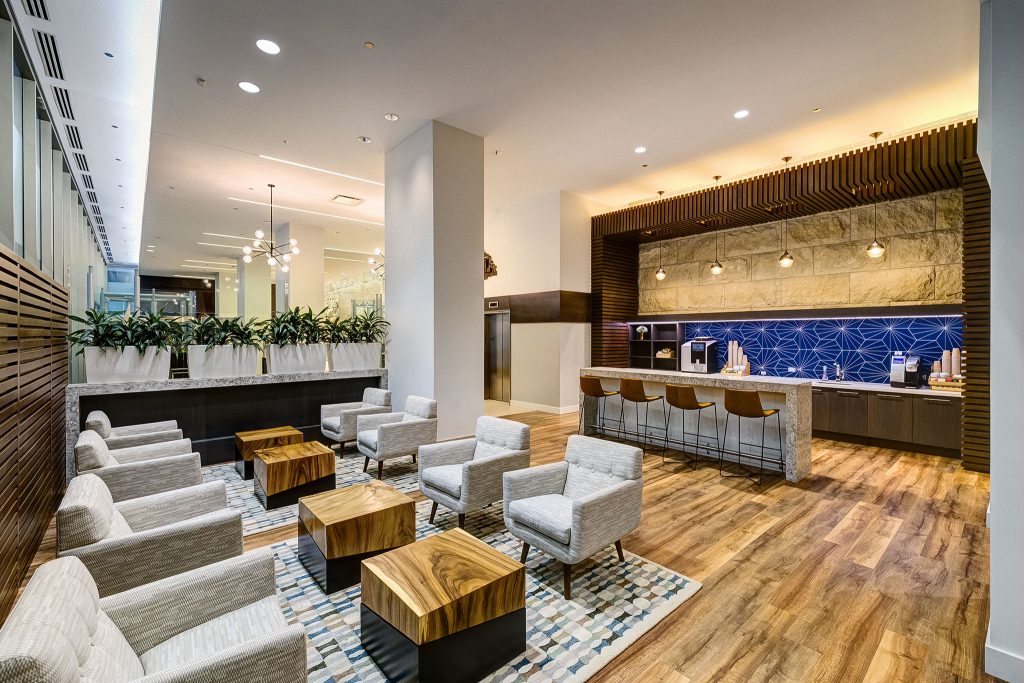
Our goal as a design-build firm is to create value for our clients through outstanding service-delivery and building trusted relationships. One of the many ways we achieve our goal is how we structure our contracts. Our clients want to know what they’re paying for, and we are able to clearly spell that out by providing stipulated sum agreements.
What is a Stipulated Sum?
Also referred to as a lump sum contract, a stipulated sum requires a builder to agree to provide specified services for a fixed price based on labor and material costs. The builder is responsible for executing the job properly and will provide its own means and methods to complete the project. Specifically, we use stipulated sum agreements with our multifamily and commercial projects, and they allow us to better define the scope and schedule of projects.
“The Mosaic Construction way is to be a client-first company in which we anticipate needs and focus on relationship-building,” said Singer. “We’ve always led with this approach, and our clients understand the value of that.” – Ira Singer
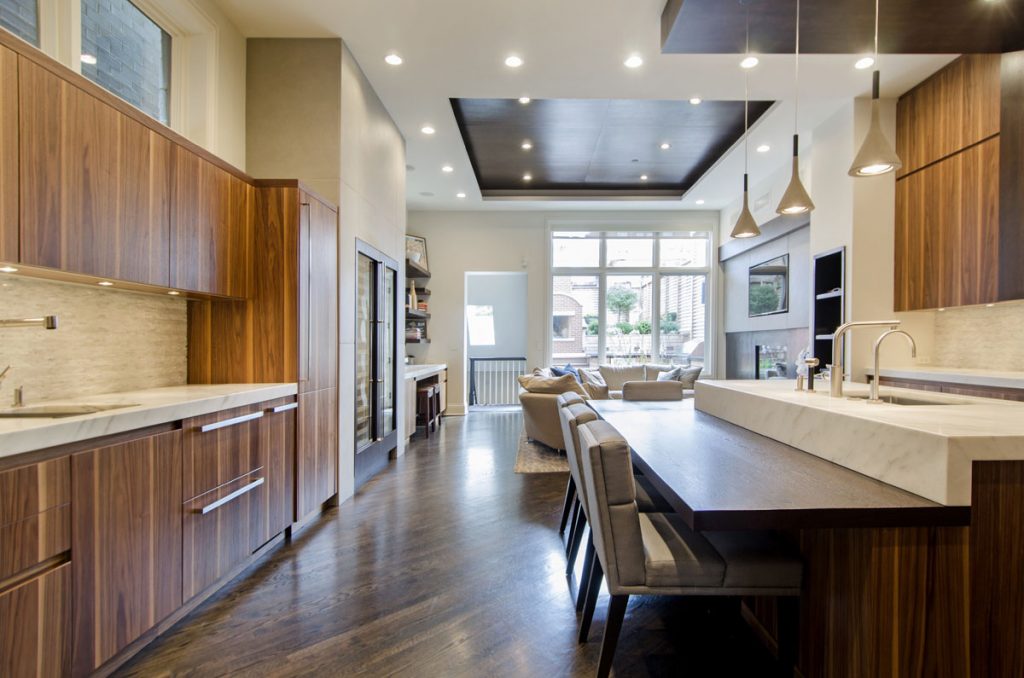
Why We Use Stipulated Sums
Mosaic Construction uses stipulated sums so that our clients know what they’re getting, and we know exactly what we need to deliver. Our contracts are predictable and easy to manage and benefit our clients in the following ways:
No Hidden Fees
One of Mosaic Construction’s key differentiators is that we never stick our clients with hidden fees, compared to cost-plus-fixed-fee and other contracts. “Our fees are transparent compared to other contractors,” said Ira Singer, Principal of Mosaic Construction on the This is the Real Estate Investing for Cash Flow podcast. “We have no incentive to say, ‘Okay, it’s going to be this much money for cost.’ Stipulated sums are integral in forging trusted relationships with our clients.”
Predictability
Our clients value the predictability of stipulated sum agreements, especially since they reduce risk and give them more confidence. With an agreed upon sum in place, our clients are not liable for any cost overruns. “We formulate construction based on our time and our investment to manage that project and steward it,” added Singer. “Whatever the cost of the project, our timeframe for completion and our fees will remain the same. In this respect, both parties are incentivized to stay on schedule and finish the job on time.”
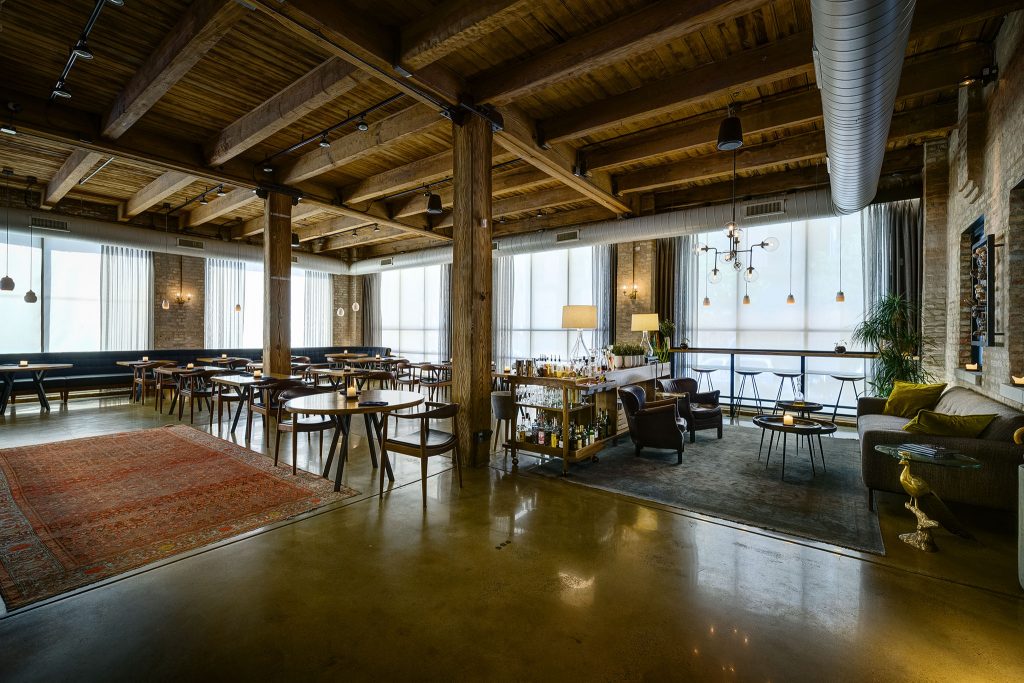
Better Collaboration
We find that stipulated sum arrangements foster a greater degree of collaboration between Mosaic Construction and our clients. We are able to execute tight project management and more efficient communication to ensure that both parties are adhering to the scope of work. “The Mosaic Construction way is to be a client-first company in which we anticipate needs and focus on relationship-building,” said Singer. “We’ve always led with this approach, and our clients understand the value of that.”
The design-build methodology supports our goal because it allows us to streamline the construction process, which ultimately benefits our clients and our management team. “We view our projects as investments in our clients’ growth and development,” added Singer. “We never think in terms of being one and done; rather, we create an atmosphere where our clients can focus on business development, while we do the best work possible for them.”
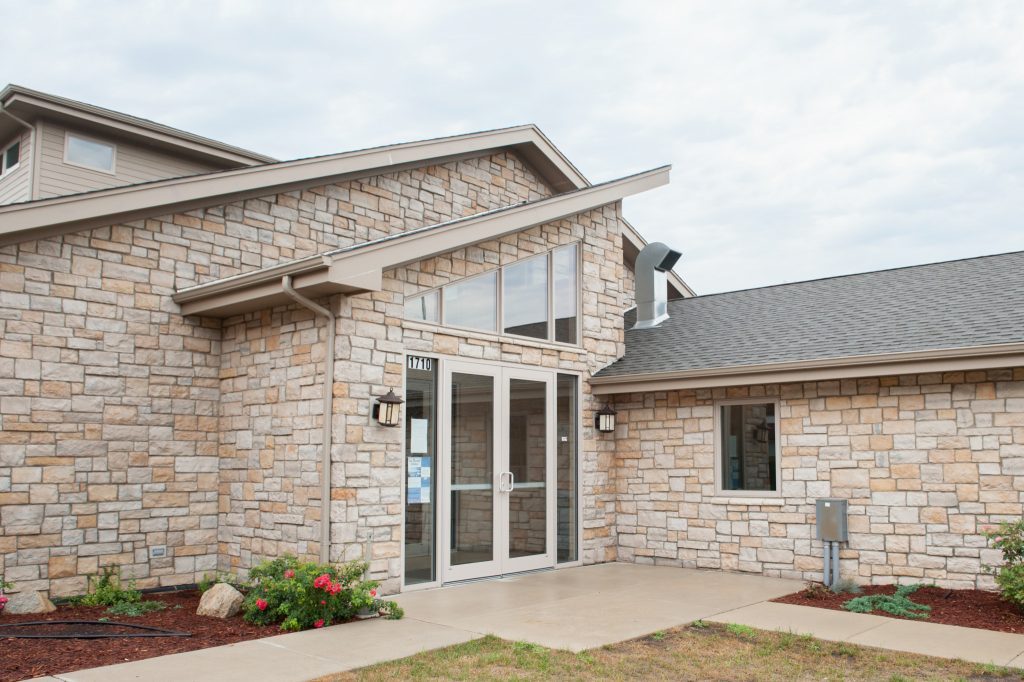
2019 Multifamily Outlook
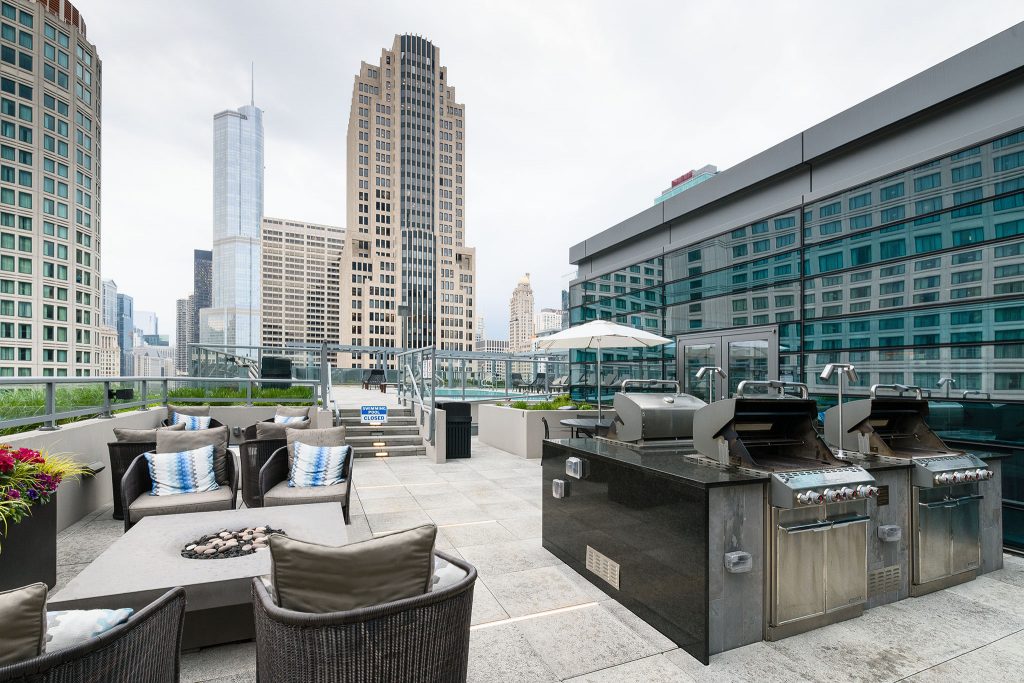
As we previously reported, 2018 was a banner year for multifamily housing, with a 44% increase in sales accounting for more than 30% of the total U.S. real estate investment sales. What is the health of the 2019 multifamily housing market through the first two quarters, and where will it go from here? Freddie Mac has answered these questions and more in its Multifamily 2019 Midyear Outlook. Overall, the outlook is positive, showing signs of sustainability and growth for the remainder of the year and beyond.
According to Freddie Mac, “In our research, we find that strong economic growth and the robust labor market continue to support the strength in the multifamily market. Last year ended much stronger than anticipated with near record absorptions and stronger rent growth compared with the prior few years. The first two quarters of 2019 saw mixed results, with slower growth in the first quarter, but preliminary second quarter information indicating the spring leasing season is off to a strong start. Along with the strong fundamentals, lower interest rates continue to drive origination volume higher throughout 2019.”
Low Unemployment is Having a Favorable Impact
It is anticipated that the labor market–with low unemployment and wage growth–will continue to drive housing demand, benefiting multi-family properties. As the report states, “Pending any broader economic event that would impact the labor market, there is no real estate specific headwind on the horizon that could disrupt the favorable outlook for multifamily through the rest of this year and into the next.”

Loans Increase While Absorptions Dip
Multifamily originations–or fees associated with processing a loan–are continuing their upward trend from 2018 through the first two quarters of 2019. Originations have increased by 8% to $336 billion. “The 10-year Treasury reached 1.75%, a decline of 150 bps (basis points) from last November,” the report says. “Rate declines generally drive origination volume higher, and with a drop of this magnitude to very low levels, forecasts must be decisively higher than earlier in the year.”
Absorption rates, by contrast, saw strong gains in 2018 only to stall thus far in 2019. “The first quarter of 2019 saw absorptions wane and high levels of new supply entered the market, but strong gains in the second quarter suggests the trends for multifamily are not yet turning.”
“In our research, we find that strong economic growth and the robust labor market continue to support the strength in the multifamily market.”
– Freddie Mac
Higher Demand and Lower Supply
Multifamily demand is outpacing new supply, as there is a shortage of housing compared to households. Total housing completions over the past three years have averaged 1.1 million housing units each year, while the number of households have increased on average 1.4 million. Per the report, “The continued increase in multifamily construction when the overall housing market continues to remain unbalanced is not necessarily an oversupply concern as the economy struggles to build enough housing.”
Steady Growth Ahead
The multifamily market is bright. Freddie Mac projects overall growth for the remainder of 2019 and into 2020 with high-demand spurring on new construction. “As this supply enters the market, we expect vacancy rates to increase throughout the year, but only marginally, up to 5.2%. We anticipate that rent growth will remain healthy at around 4% in 2019.”
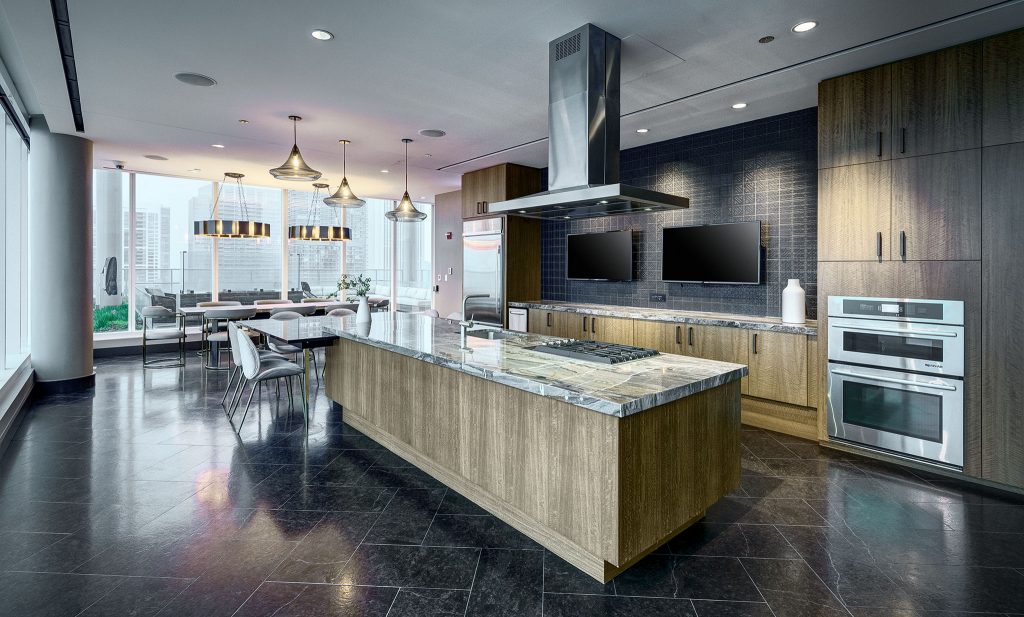
Apartment Building Investing – Michael Blank Podcast with Ira Singer
MB 170: MAXIMIZING ROI IN VALUE-ADD MULTIFAMILY DEALS – WITH IRA SINGER
Announcer: This is the Apartment Building Investing Podcast, with Michael Blank, episode 170. Let’s do this.
Announcer: You’re listening to the Apartment Building Investing Podcast, where we’ll talk about all aspects of buying apartment buildings with a special focus on raising money from others.
Announcer: And now, your host, Michael Blank.
Michael Blank: Hey everyone, and welcome to the show. I am your host, Michael Blank. I’m super excited that you’re here to learn more about apartment building investing. The best way to become financially free with real estate.
Michael Blank: Excited about today’s show. We’re going to talk about construction today, and the different ways that we can build value.
Michael Blank: So actually I have two guests. A construction expert, and someone who’s very, very intimately familiar with ROI based on amenities, and other improvements. So we’re going to really drill in on how to manage a construction company, and different ways you can add value to a value-add deal.
Michael Blank: I also want you to know, I’m being really, really active, or trying to be, on social media. Actually on the Facebook page, and Instagram, the handle is themichaelblank, that’s T-H-E- Michael B-L-A-N-K. So hang out with me there. Say hello.
Michael Blank: I also have a new Facebook group called Apartment Investor Networks. I’ve got several thousand people on there, and so myself, and our mentors, and our advisors, are active there. It’s a great place for you to ask questions. So make sure you check us out.
Michael Blank: Hey, in a couple of weeks, we’re going to be at Deal Maker Live. That’s July 26, 27, in Dallas. We still have a few tickets left. We’re expecting well over 500 people there, and we just added a few more tickets to that. So head over to dealmakerliveevent.com, or just google Deal Maker Live, and try to grab your tickets before they’re all gone. So we’re going to have a huge lineup of multifamily experts there, including Robert Helms, real estate guys Joe Fairless, Michael Becker, Adam Adams, Corey Peterson, and our keynote is Hal Elrod, the author of The Miracle Morning. Super excited to get to know him a little bit more, as well.
Michael Blank: All right. So with that, let’s get right into the show here, to learn about construction and ROI.
Michael Blank: Ira, welcome to the show today.
Ira Singer: Thank you. How are you?
Michael Blank: Very good. Very good. So we’re going to get all into construction, and ROI to get out of that construction. So I’m really excited to get into it.
Michael Blank: Before we get started, just give us a quick background on you and your company.
Ira Singer: Thank you. My name is Ira Singer. I am one of the principals at Mosaic Construction. We are a general contractors in Northbrook, Illinois, with a construction management practice that prefers the design build methodology, where we are at the table, helping with selection of finishes, scope of work, pre-budgeting.
Ira Singer: But we are experienced and adept at working in the multifamily industry, both in asset classes from market rate, to affordable, into senior housing. We’ve worked in student housing. We’ve done, in our geographic, and adjacent to our state, we’ve had value-add. We’ve had repairs, exterior work. There’s a lot of things that we have experience in, from both an exterior, and an interior point of view. We’ve worked in units. We’ve made accessibility choices with our clients. So it runs the gamut.
Ira Singer: I’m looking forward to our discussion, and what I can help your listeners with. So let’s get going.
Continue reading “Apartment Building Investing – Michael Blank Podcast with Ira Singer”
Home-Sharing is Creating Value for Multifamily Property Managers
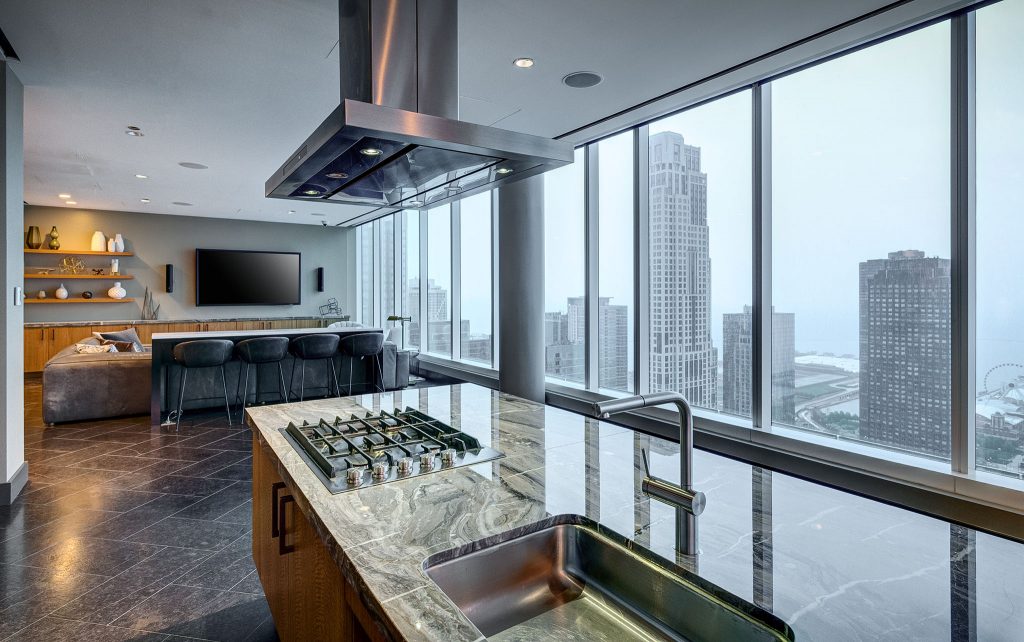
Home-sharing is a multi-billion dollar industry that is gaining momentum with unlikely allies: multifamily property managers. Traditionally, multifamily property managers have made cash off long-term leases and rent costs and prohibited home-sharing because they violated rules and regulations. But a report from the National Multifamily Housing Council (NMHC) estimated that about 65% of recent Airbnb bookings were in multifamily buildings, including apartments, condos and even in-development hotels. It also found that 43% of property managers have had short-term rentals occur without their approval. To legitimately meet the home-sharing demand, companies are bringing their innovations to multifamily property managers. Apartments Doubling as Hotels
Among the operational challenges that multifamily managers encounter is what to do during dry leasing periods. Enter companies like WhyHotel and Stay Alfred that take un-leased apartments and convert them into furnished, amenitized hotel units. This pop-up hotel model has been gaining traction. Zak Schwarzman, an investor in WhyHotel, told Forbes, “It’s no surprise that companies in this category with a clear value prop are receiving a warm reception from the multifamily community. WhyHotel offers developers significant newfound revenue by managing their yet-to-be-rented inventory as short-term hospitality during a building’s lease-up period. Who would say no to that?”
Stay Alfred focuses on market rate properties, providing a more upscale, short-term hospitality experience. In addition to furnishing empty units, the company rents them and staffs the buildings. Legitimate Short-Term Rentals
To eliminate the notion of black market short-term rentals, multifamily managers are taking a proactive approach to the leasee-turns-landlord problem. YOTELPAD in Miami became the first condo community to permit restriction-free short-term rentals. David Arditi, founding principal of Aria Development Group, the developer of YOTELPAD, told Forbes, “We’ve heard many stories of residential buildings having to deal with owners who are trying to skirt local legislation by renting out their units on a short-term basis. They are typically not allowed to do so given condominium association and zoning restrictions. We thought, why not do something that addresses this head on and gives people the option to do what they are asking for?”
Making life easier for multifamily property managers are companies like San Francisco-based Pillow, which provides the tools for property managers to control all short-term rental hosting in their buildings, as well as share in the revenue, ensure local regulatory compliance, and insure against damage.

NMHC/NAA Support
Multifamily home-sharing has the support of NMHC and the National Apartment Association, two of the most influential industry and advocacy organizations. “NMHC/NAA support the right of multifamily firms and other property owners to participate in all aspects of the sharing economy, if they so choose, and if it is done in full compliance with existing law and regulations,” according to an NMHC home-sharing fact sheet. The fact sheet emphasizes that the choice is ultimately up to multifamily property owners, but it encourages the practice as it creates additional revenue streams. “Policymakers at all levels wanting to regulate the short-term rental market should be cautious as to not inhibit the benefits of the sharing economy, while ensuring that the protection of private property rights and contractual obligations between property owners and residents are respected.”
What’s Next?
Multifamily home-sharing is more than a trend and will seemingly continue to evolve. We previously covered Airbnb’s entrée into the multifamily property manager partnership with its Niido brand, which launched its flagship property in Orlando. The program has been so successful that the company is expanding into Nashville with plans to open up to 14 more properties by 2020. This combined with the momentum of short-term rentals positions the home-sharing model to generate more cash and lower operational costs to reduced unit turnover and improved brand awareness for multifamily property managers.
How Millennials are Influencing the Multifamily Housing Market
Millennials are moving out of their parents’ houses in favor of multifamily communities. A strong economy is one factor, and Millennials are renting more than buying. This bodes well for multifamily operators who are seeing an influx of tenants to major municipalities, as well as smaller cities and suburbs. Let’s take a closer look at how Millennials are influencing the multifamily housing market.
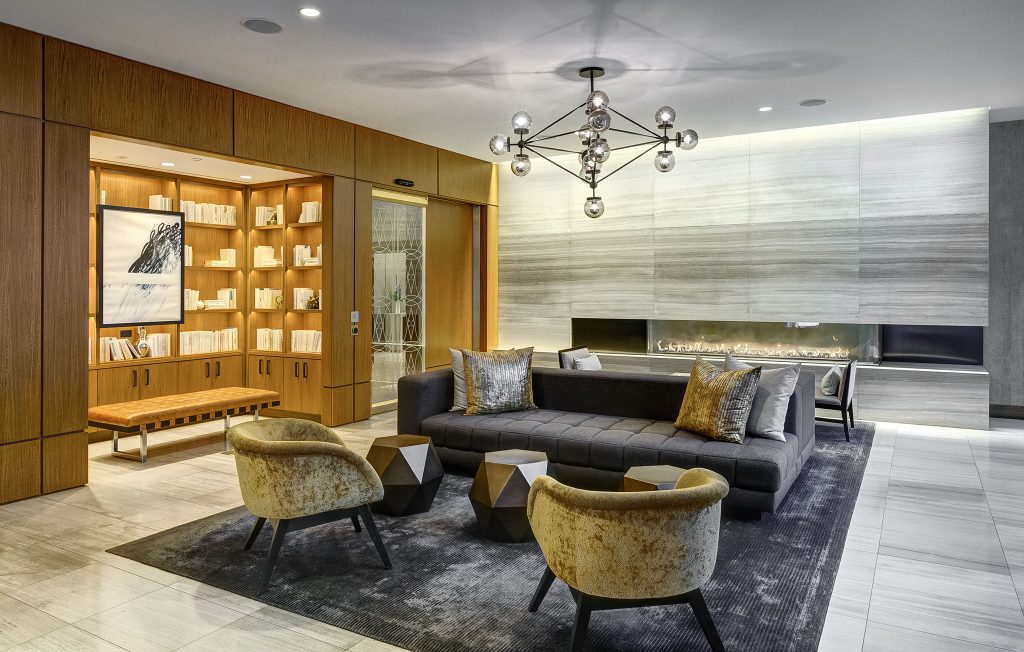
Secondary Market Boom
“Maturing Millennials” or those around age 34 are having babies at a higher rate compared to the rest of their generation. As we’ve previously written, they are influencing the urbanization of the suburbs movement by seeking more space in markets they can afford in so-called second tier municipalities. As Building Design + Construction reports, “…while Millennials are moving out of their parents’ houses and into multifamily developments, the developments that they want are in secondary and suburban communities where they can afford larger, more affordable space. This means they’ll be looking for mixed-use suburban locations with a bit of urbanism, as well as transit-oriented developments so they can get to work in urban commercial centers.”
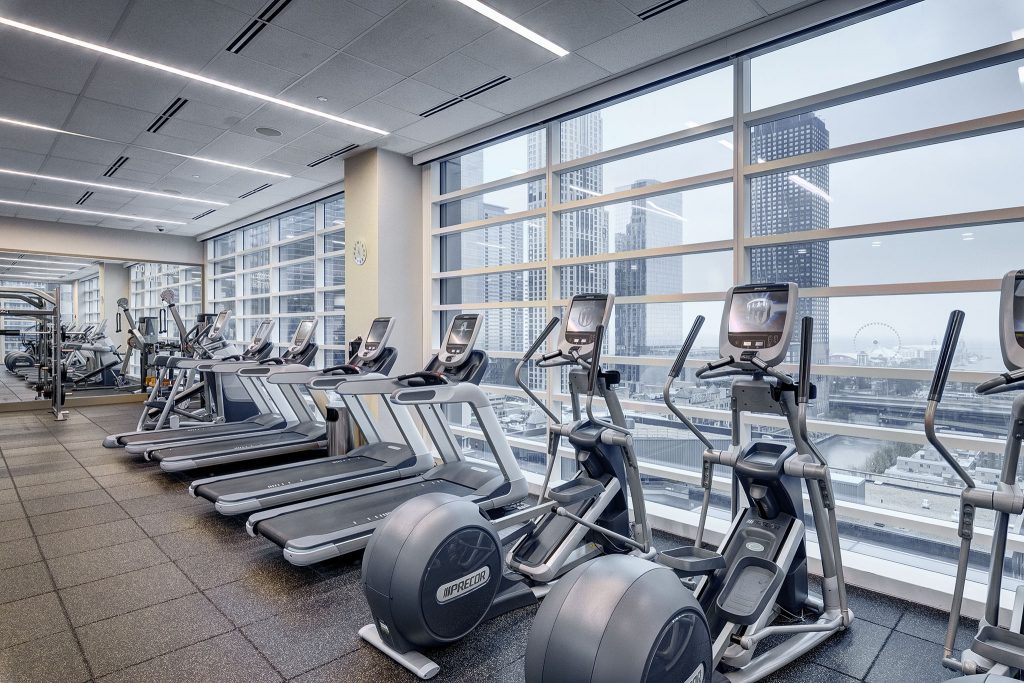
Specific AmenitiesFor those Millennials who aren’t ready to start a family, unit space goes by the wayside in exchange for top-notch amenities, especially in market rate multifamily properties. As we’ve previously covered, and according to the National Multifamily Housing Council, Millennials rank the following as the most desirable amenities: rooftop decks, outdoor kitchens, fitness centers, bike stations, yoga studios, and updated package centers.
Millennials also don’t overlook lobbies. “An active, inviting lobby is always important, as it is the first impression that the renter and his/her guests see upon entrance,” says Building Design + Construction. “The lobby should be open and situated like a lounge, evoking the feeling of an extended hangout space.”
Luxuries on a Budget
In lieu of buying a home and paying a mortgage, Millennial renters prefer to allocate those funds toward higher-end apartments offering luxuries that a starter home would not. In addition to the above amenities, these luxuries include security and concierge services, in-unit laundry and dishwashers, and conveniences such as smart controls for HVAC systems, dog parks, pet washing stations, recycling services and electric car charging stations.
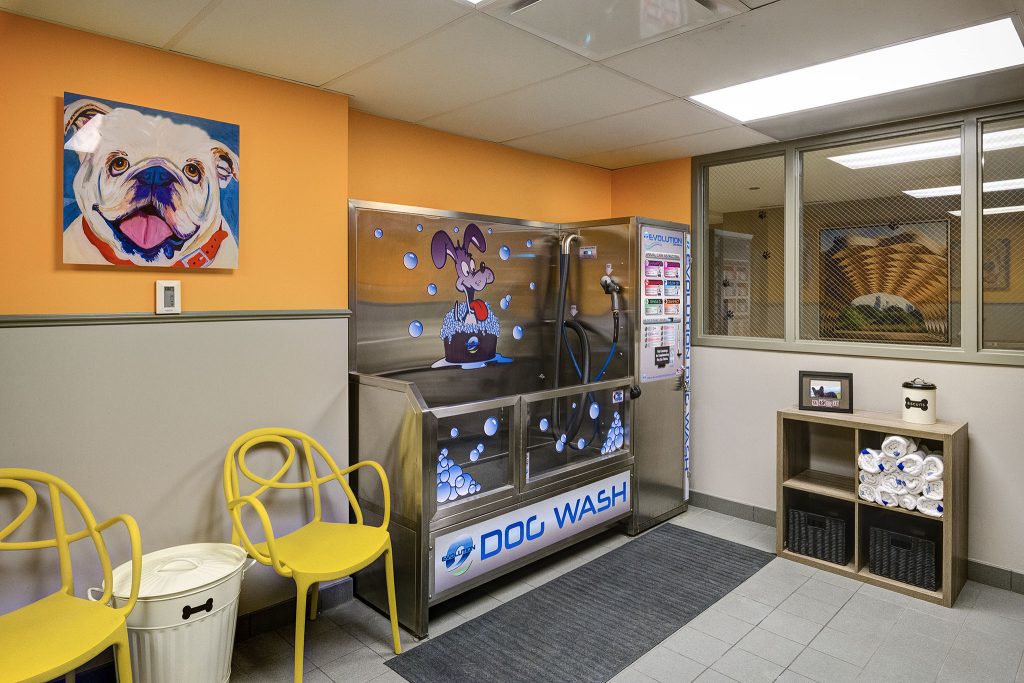
Home Sharing Income
The total student loan debt in 2018 was $1.6 trillion, which has made it difficult for recent college graduates to save. With rents increasing in larger cities, Millennials are seeking side-hustle income property opportunities. Traditionally, this has been conducted by property owners, but Airbnb and certain landlords have recognized an opportunity and market for home-sharing for tenants. Niido Powered by Airbnb launched in 2018 and features rentals in Orlando and Nashville. “Rent your couch, a room, or your entire apartment to offset your rent or pay for your next trip,” according to the company website. “By using your apartment to generate extra income, we enable residents to spend their time and money the way they want, while at the same time supporting a global community of travelers and adventure seekers.”
Conclusion As the largest living generation, Millennials know what they want, and the multifamily housing market is responding. Whether they land in the big cities or surrounding suburbs, Millennials are motivating multifamily operators to provide access, amenities, income opportunities, and modernization.
New Package Centers are Making Life Easier for Multifamily Residents
As more multifamily properties make improvements to common areas, one space in particular is receiving quite the makeover: the package room.
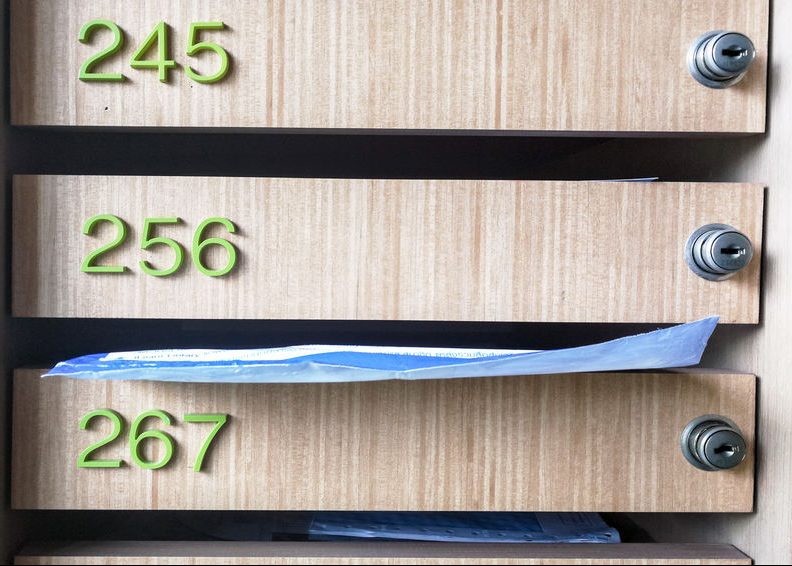
Traditional package management is causing headaches for property managers. Boxes from Amazon, groceries, and other deliveries inundate front offices (UPS delivered 800 million packages during the 2018 holiday season, up 50 million from 2017. That’s not including deliveries from the USPS and other shippers.). Staff spend hours logging deliveries, and the additional time and manpower is expensive. Residents are feeling the burden by not being able to claim their packages outside of regular office hours. Additionally, there are the legal liabilities associated with lost or damaged items.
Multifamily property managers are adapting by redesigning package rooms and management systems to accommodate tenants in the following ways:
Dedicated Package Delivery Centers
The traditional mailroom is a dying breed, as apartment and condo buildings have been installing dedicated package delivery centers for the last ten years. “Such facilities have grown in number and sophistication as the flood of packages has risen, and as residents’ reliance on them has gone up exponentially,” according to Building Design + Construction.
Package management system disruptors are playing a major role. Multifamily Executive calls 2018 the “tipping point” of package-management automation. Property managers are taking advantage of the technology to reduce costs and create a more self-sufficient environment. Companies like Package Concierge and Parcel Pending allow deliveries of packages in secure lockers that are accessed using touch-screens. Residents receive text messages with PIN numbers to alert them of package-arrival, and they can retrieve them whenever they’d like. The technology is so popular that the lockers are now being used in retail and grocery locations, corporate campuses, and universities.
Access and Space
Package centers should be highly visible, easily accessible, and available 24/7 so that tenants can retrieve their deliveries on their own time.
“New Package Concierge data shows that 83% of users would prefer 24/7 access to the locker in order to increase utilization of the solution,” according to Multifamily Executive. “Installing automated lockers in common areas or near the mailroom allows residents and carriers alike easy access.”
Renovations to create more physical space for package centers is critical to accommodate self-serving systems. Packages come in all shapes and sizes; therefore, providing enough options for lockers to handle volume is key.
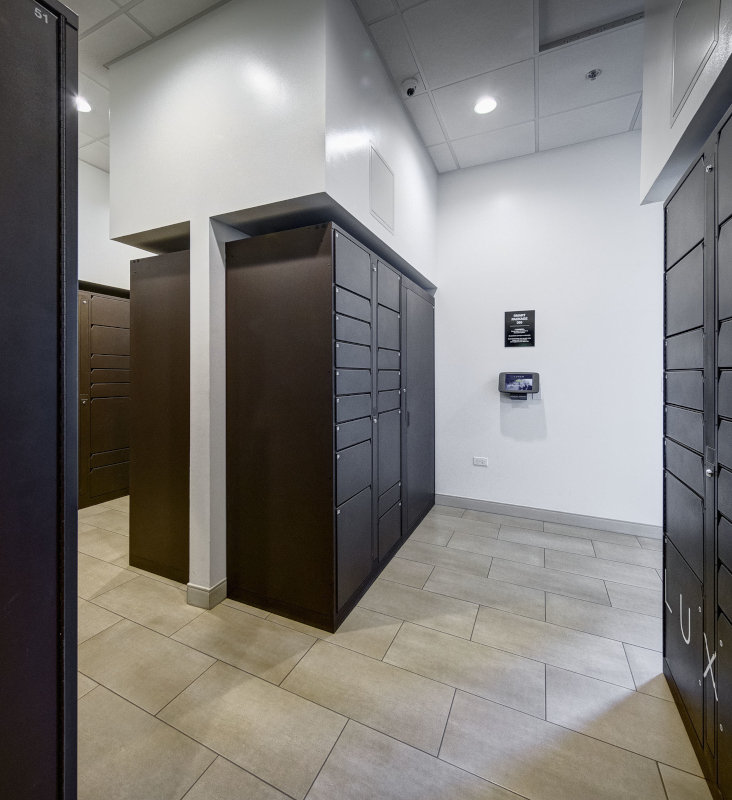
“Don’t limit your potential for using these systems now or in the future – especially since package volume will only continue to rise,” adds Multifamily Executive. “On average, today’s apartment buildings receive up to 50 packages a day, which increases during the holidays, so including plenty of available space to manage this volume is important.”
Creating Community Experience
If tenants are happy, so are property managers and investors. Successful multifamily properties focus on enhancing the resident experience, and designing the right package area helps foster community. Per Building Design + Construction, “Many rental and condominium communities integrate package centers into high-traffic areas. Not only does this make it easier for couriers to find the center and deliver packages, it also makes receiving a package a neighborly event. If planned and designed appropriately, package centers can strengthen community ties among residents. The inclusion of communal tables and recycling bins gives residents the option to open their packages immediately while socializing with their neighbors.”

Conclusion
Renovating package centers and investing in new technology is essential for meeting the demands of today’s delivery volume and tenant needs. The best package-management systems provide secure, 24-hour access, keep package areas neat and clean, and free up time and energy of building staff.

